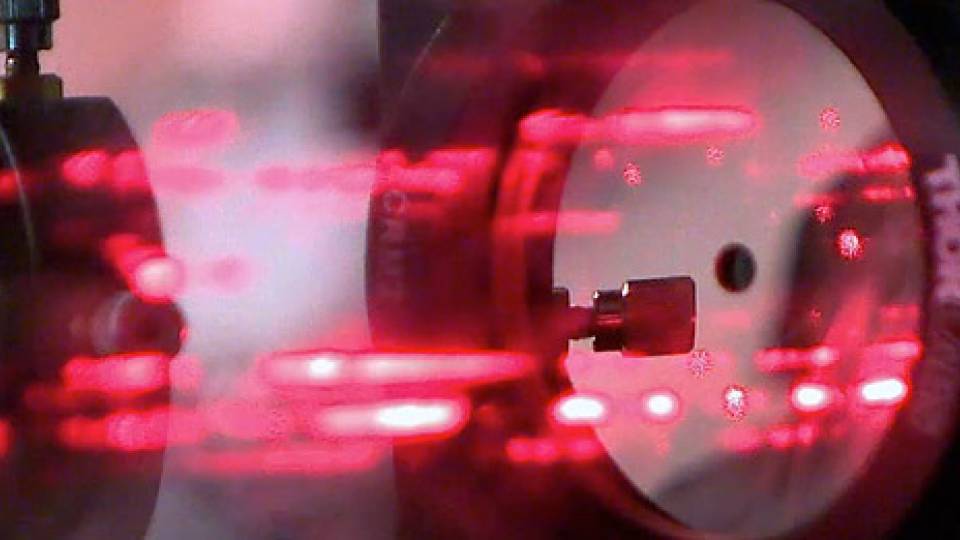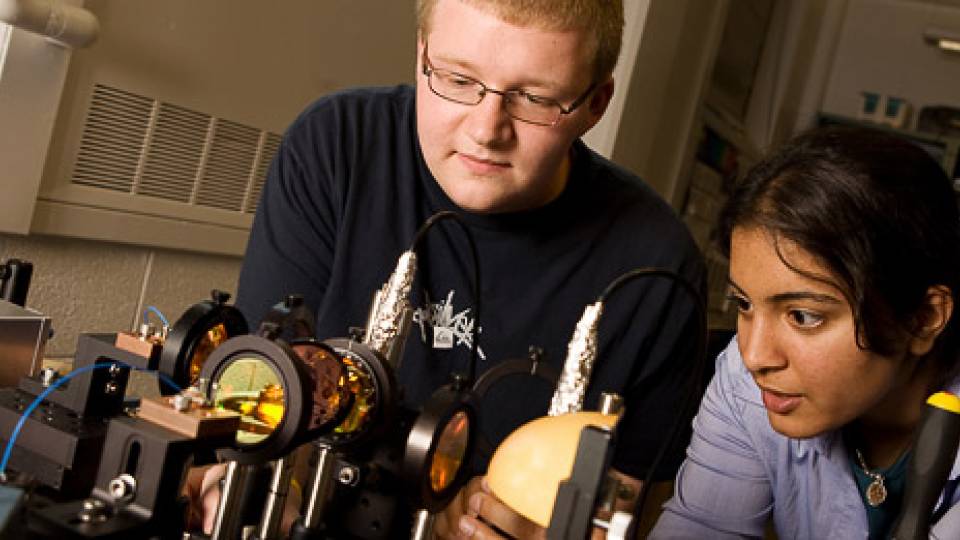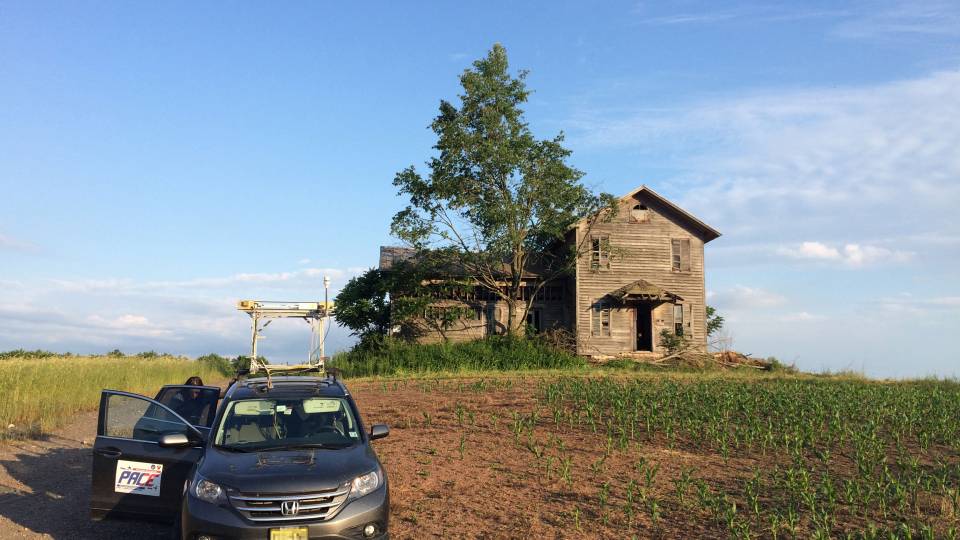Princeton engineering professor Mark Zondlo and his team of researchers are mapping Earth's atmosphere from pole to pole in search of the most comprehensive picture yet of greenhouse gases and how they affect climate. The team is traveling in a superfast research aircraft that includes a new laser-based sensor invented by Zondlo's team to measure water vapor throughout the atmosphere.
"In discussions about global warming, carbon dioxide and methane get all of the attention, but water vapor impacts climate more than any other gas," he said.
The plane, known as Hiaper, is a flying laboratory that collects data while zigzagging up and down through the atmosphere as it flies from the Arctic to Antarctica as part of a National Science Foundation project called Hiaper Pole to Pole Observations.
"Earth's Last Frontier: The Atmosphere," a video about the project, is narrated by Zondlo and features Minghui Diao, a graduate student in Zondlo's lab. It was funded by a grant from the High Meadows Foundation.
Zondlo, an assistant professor of civil and environmental engineering, also is affiliated with the Princeton-based Mid-Infrared Technologies for Health and the Environment engineering research center, which conducted air-quality research during the Beijing Olympics using new laser-based sensors.








